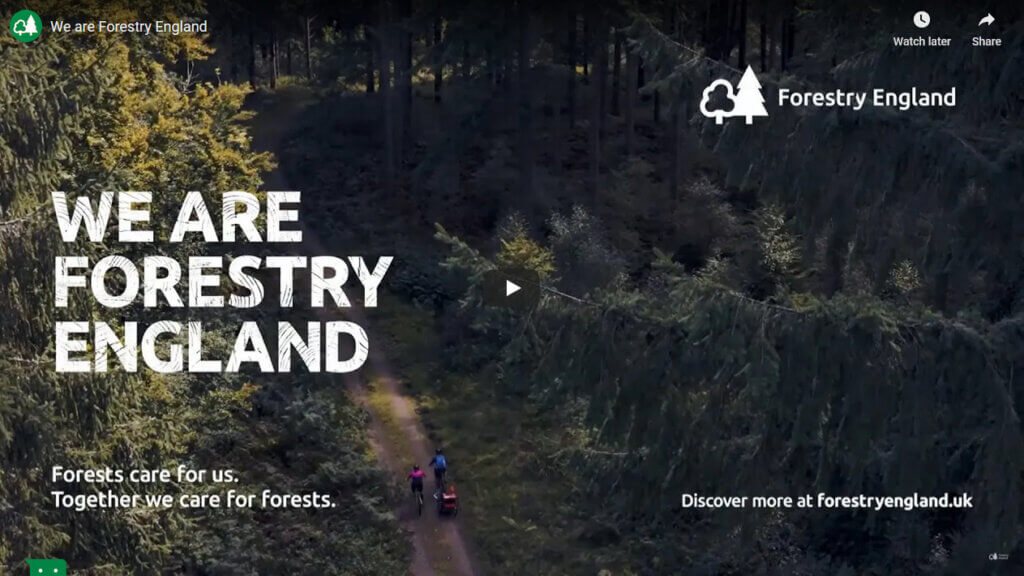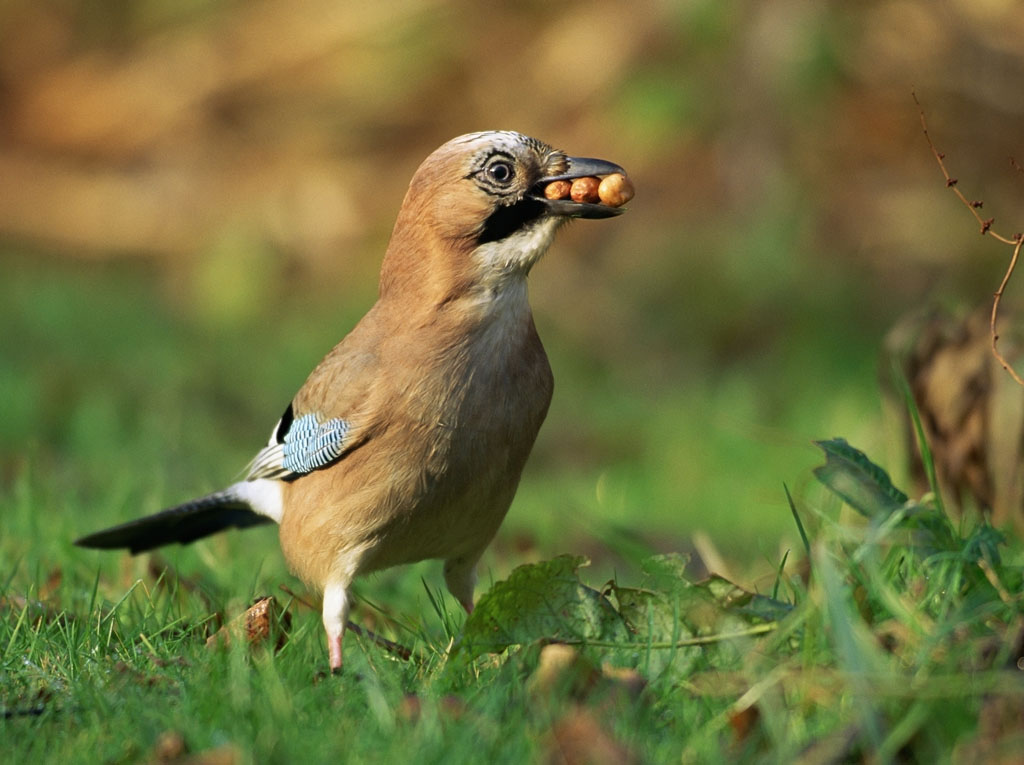
Forestry England manages 1500 forests for us in England covering 250,000 ha of land. that’s a lot of forest, managed for timber, access, recreation and wildlife.
So, I wondered how much Jay-killing goes on by Forestry England under the terms of the general licences (particularly as DEFRA has failed to remove Jay from the English general licence for nature conservation purposes). So, I asked them;
- Does Forestry England cull Jays under the provisions of the general licences on its land?
No. - Does Forestry England permit the culling of Jays by others on its land?
We can issue licences for game bird and rough shooting, however the standard licence does not include Jays. Sample information from 4 of our 6 Districts and 83 licences in 19/20 showed 9 licences included Jays. The information also showed 4 Jays had been shot. - Does Forestry England regard the Jay as a species of unwaged forestry-planting volunteer as it carries acorns around and buries them at this time of year?
As ever in nature, they may be seen to be doing good, or harm, depending on your perspective. It might be a nice way to think about Jays, what they do certainly increases genetic diversity locally, but remember too they may eat nestlings, including species of conservation concern such as those listed. Currently we have no evidence to show we’re getting the balance wrong, and do not see a need to either additionally conserve or manage them ourselves, for conservation or to protect forests, unlike deer.
And Forestry England can tell you more about the Jay-killing that does go on than DEFRA or Natural England can tell you about the rest of the country.
So I still have not had an example of any nature conservation organisation which kills Jays and now we learn that a major statutory land owner and manager doesn’t kill them either.
Why is DEFRA allowing this misjudged Jay killing to continue?
We know the answer – because BASC and the Countryside Alliance want to kill Jays (although they fail to come up with any justification for it whatsoever) and DEFRA is too frit to stand up to them. George Eustice had better get his evidence-based policy on Jay killing more firmly based on evidence!

As ever Defra and especially Mr Eustice is showing his poor judgment, his lack of competence and his close alliance with the shooters, (all those who like to kill our wildlife for fun).
The Jay is a classic example of birds disliked to the point of killing them by the ” shooting cabal ” in part I suspect simply because it is a corvid. Oh how they, the cabal want Raven on the list too! The evidence upon which Government policy on these things should ,nay must be based is somewhat lacking to say the least. The only black mark? against Jays is that they raid Hawfinch nests. That could and may be should be dealt with by specific licence where the problem occurs. There is NO justification for otherwise killing Jays especially under the GL provisions.
Yes Hawfinches are predated by Jays but nest survival and productivity are seemingly not driving the Hawfinch population decline. So this is not a reason to kill Jays. https://www.tandfonline.com/doi/abs/10.1080/00063657.2018.1506424?scroll=top&needAccess=true&journalCode=tbis20
Thanks Tim, always ready to be corrected.
Your welcome Paul.
I saw a great phrase on a Paul Krugman blog the other day which applies as neatly to our present day Conservatives:
‘The U.S. right long ago rejected evidence-based policy in favor of policy-based evidence’
Lucky we still have Judicial Review (and Rough Justice).
I love the Jay season when all the jays are flying around with acorns in their beaks. They really are afforesters – in Northants the Forestry Commission bought some farmland between two woods and planted it with wide spaced Poplar but in no time it was heading fast for an oakwood, thanks to the Jays.
I don’t think killing Jays will help Hawfinches – for starters just how do you go about reducing Jays in the Forest of Dean or New Forest – but like with all the declining woodland birds it is habitat we need to be looking to. Also, I don’t know for sure, but I’d be surprised if Goshawks aren’t controlling the Jay population – they are right inn the size range of Goshawk prey.
In three recent studies that used cameras to identify nest predators of woodland birds, Jays were the most frequent nest predators of Spotted Flycatcher (Stevens et al. 2008), Wood Warbler (Mallord et al. 2012) and Hawfinch (Kirby et al. 2018). However, none of these studies considered that Jays were the likely cause of population declines. Very many passerine nests fail due to predation (commonly 50-75%) and something has to be the most common predator… A further point of interest, no Grey Squirrel predations were recorded in any of these studies.
I love the Autumn and early winter in part for the sudden appearance of Jays you knew were there but rarely saw in spring and summer. Seen 3 this morning. We do have Goshawk and I think it is they that keep our magpie and Jay populations down in both cases to a couple of breeding pairs locally. Its all part of nature’s rich tapestry.
As the Moody Blues sang, – it’s a Question of Balance.
Unfortunately we don’t yet seem to understand this, and we implement remedies to curtail species by truly appalling outdated land management.
Of our 4 buzzard nests I checked this year, all of them had remains of magpie, carrion crow and jackdaw, maybe a jay was in there too, but I didn’t find any evidence.
If I walk the fields there are bits of corvids everywhere, overwhelming evidence that predator’s take care of business by themselves. Are we knee deep in common buzzards – no we are not, of the possibilities of 16 juveniles, we get out two. That due entirely to the abundance of food, we have few rabbits, lots of mammals, but it seems these buzzards aren’t as good as the owls, kestrels, kites and even sparrowhawk at catching them.
In well over 50 years of watching I’ve only ever seen a Sparrowhawk with mammal prey twice (both shrews), they are overwhelmingly bird predators.
1973, i think, receiving my first eagerly awaited list of keepers “requisites”, from Gilbertson and Page.
The only thing i could afford was the ‘ACME’ Jay call …£ 1.50, i still have it, might try one last time to get it to work.
I like jays, don’t seem to see as many, even on shoot days, and the time when we could ” visit” maybe a dozen Magpie nests, over a couple of days, also are long gone, maybe it is the Goshawks.
If Jay’s were removed from the General licence, yet were proving troublesome at say, a Turtle Dove project, or a discrete Hawfinch site, would permission be forthcoming in time for repeat clutches to be protected, or would licences need to be granted earlier in the spring, based on previous history ?.
Paul, i once surprised a beautiful cock Sparrowhawk stood on a very small Rabbit, i think it was wondering what to do next.
Thanks Trapit. I know it sometimes happens, as I say the only occasions I’ve seen both involved shrews, I once found a vole in a Merlin nest cache too. I was just making a point to the seemingly all knowing Mr Bickerton!
The funniest thing I ever saw in that regard was when a Hen Harrier nesting flight line passed over a Peregrine site. Male harrier coming over PE site with small rabbit calling to female. Male Peregrine up off cliff top rolls under Harrier and takes rabbit. Female harrier than chases male off as he no longer had the expected prey. Whilst Peregrine is sat on cliff top eating rabbit!